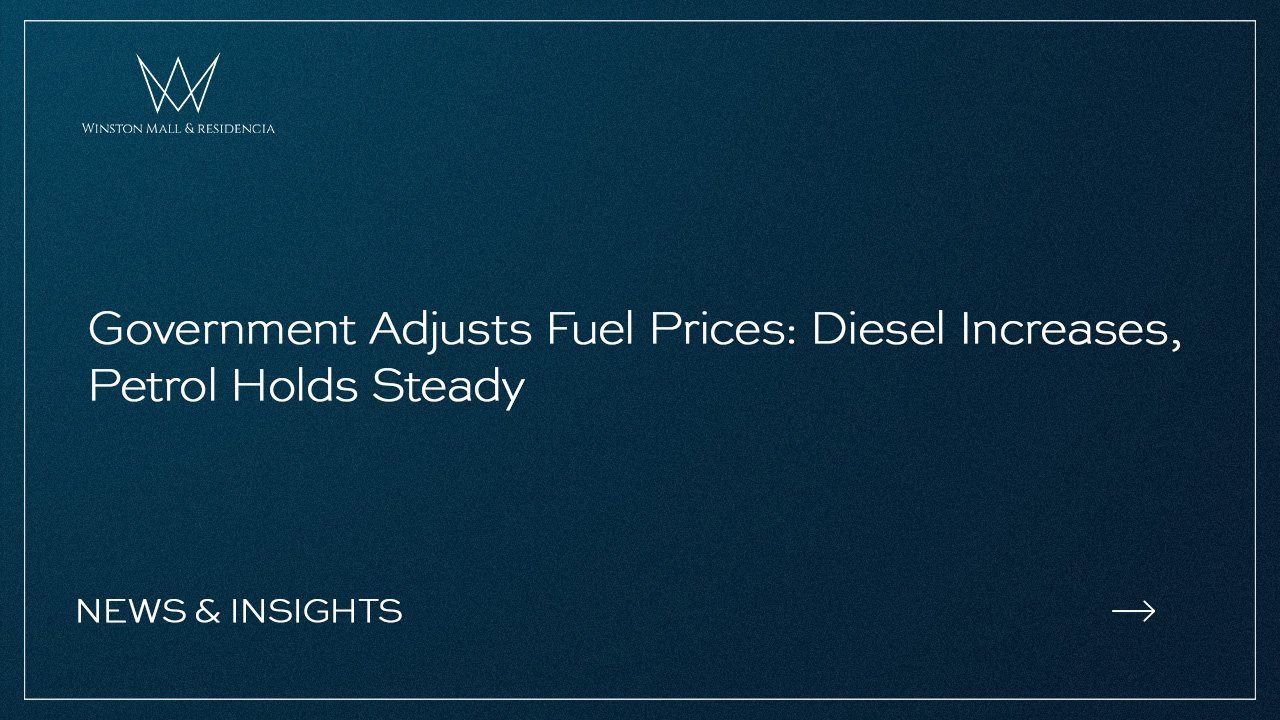Buying a property can be a maze of confusing terminology. Two terms often trip up new real estate investors are plot and file.” Though they may sound interchangeable, these distinct concepts shape the real world. Understanding the critical differences between a plot and a file is essential for adequately assessing property value and architecting your investment strategy.
In this post, I’ll define these key terms and unpack their implications for your financial future. Whether you’re purchasing your first home or expanding an extensive portfolio, grasping the contrast between plot and file will prove invaluable in navigating the complexities of real estate. With lucid explanations and actionable examples, I’ll empower you to invest and build confidently. Join me as we delve into the heart of two small words that make a big difference in property plans and profits.
Table of Contents
TogglePlot and Plot File: Real Estate Cornerstones
At the core of real estate lie the crucial concepts of the plot and its accompanying plot file. To put it simply, a plot refers to the actual, physical piece of land available for purchase or development. It is the tangible territory where visions of constructing homes or commercial buildings can materialize. The plot file, on the other hand, is the comprehensive collection of documents and records connected to that physical space. This includes vital information like the plot’s boundaries, transaction history, zoning details, and any other official data relevant to that particular piece of land. While the plot itself provides the real physical foundation to build upon, its corresponding plot file supplies the critical administrative backbone needed to properly develop the land. Understanding this fundamental distinction empowers investors to make informed decisions and navigate the landscape of realty wisely.
Related Article: How Do Real Estate Agents Calculate Property Prices in Pakistan?
The Role of Price in Distinguishing Plot and File
When evaluating real estate, price is a pivotal factor in delineating between a plot and a file. The plot price in Pakistan specifically refers to the monetary value of the physical land itself. This accounts for the location, size, and any existing structures on the property.
Conversely, the plot file price encompasses all the legal, procedural, and administrative costs involved in the property transaction. This includes expenses like title transfers, official surveys, and potential encumbrances on the land. Developing a nuanced understanding of the payment breakdown is essential to grasp the price differences between acquiring the tangible plot of land versus the crucial administrative file.
While the plot price covers the core value of the property’s physical attributes, the file price incorporates vital background work and due diligence required to properly purchase and develop the land. Keeping sight of these pricing distinctions will empower you to make sound investment decisions and accurately determine a property’s overall worth.
The Role of Location in Distinguishing Plot and File
When it comes to real estate, the age-old maxim rings true – “location is everything.” This proves especially relevant when differentiating between a plot and its accompanying file. The geographical positioning of a property inherently shapes both its tangible plot value and the intricate data cataloged in its file. For example, a plot situated in a prime area like Gulberg Greens or Saffron City will likely command a higher valuation than a similar plot in a less desirable location. While a plot’s placement is concrete and visible, the specifics of where a plot file is held can be less clear, only revealed by the governing body or management.
Why Balloting and Possession Matter
The processes of balloting and possession are also pivotal in delineating plot from file. Balloting decides the allocation of a property, frequently utilized in high-demand zones to determine who ultimately acquires a particular plot of land. Possession, on the other hand, indicates when an owner can legally lay claim to and utilize their purchased real estate.
While a plot’s worth is evident upfront, a file’s value may hinge on balloting outcomes and timelines to gain possession. Grasping these potential intricacies is vital for prospective investors, as they directly impact an asset’s utility and returns.
ROI Potential: Plot vs. File
Both plots and their accompanying files offer enticing investment potential. Purchasing a plot opens doors to appreciation, rental income, and potentially lucrative resales. However, the allure of substantial returns on plot files should not be underestimated, especially in thriving real estate markets. Yet, they come with risks too, subject to zoning laws and preexisting encumbrances. Projecting ROI varies based on the inherent differences between acquiring the physical land versus the crucial administrative file.
Conclusion
In the complex world of real estate, comprehending the difference between a plot and file is non-negotiable to make informed decisions. At their core, both are critical components influencing a property’s value and development potential. For expert guidance navigating these nuances, Regency Marketing and its head Mr. Shoaib Malhi offer invaluable insights on prime developments like Gulberg Greens Islamabad and Aiwa City Attock. Stay tuned to their YouTube channel for the latest on intriguing investment opportunities.



